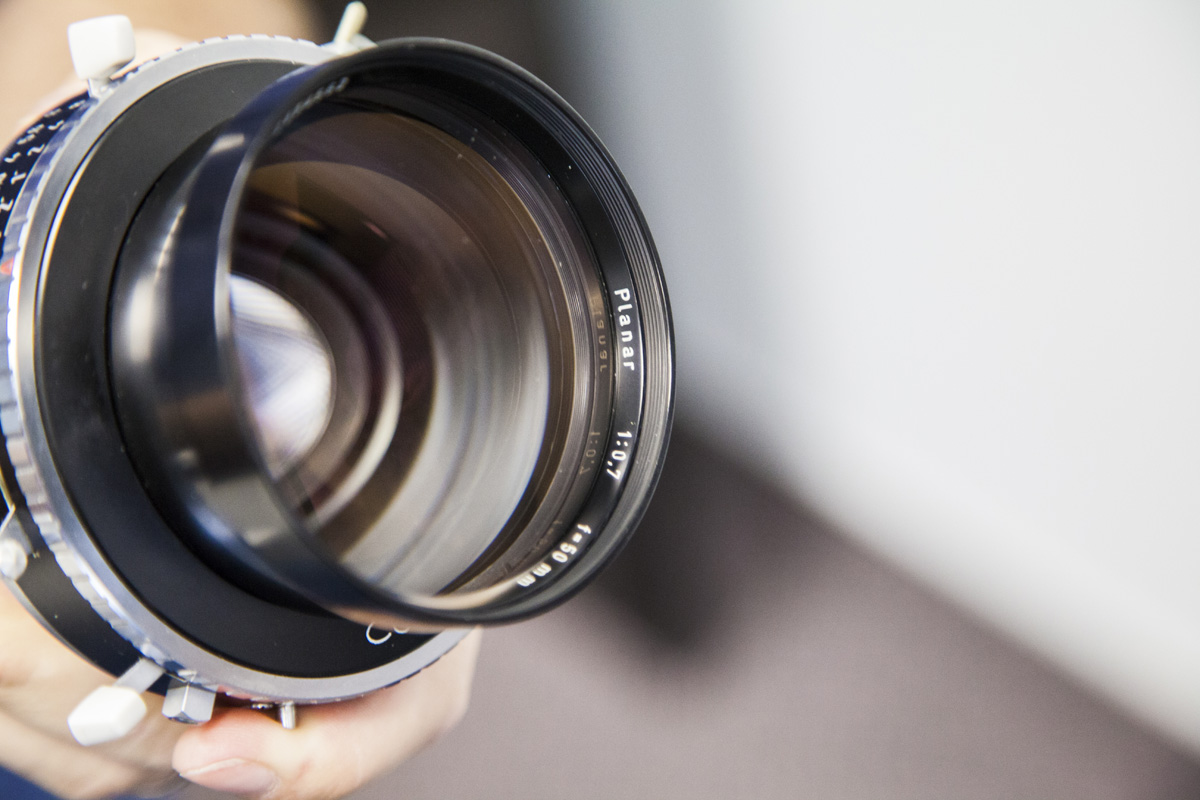
The Medical Device That Changed Design Forever
Almost anyone who has even a passing interest in design will have heard of Charles and Ray Eames and their famous lounge chair. The Eames Lounge Chair is an icon in the world of furniture design, and a staple in television and movie set design since its inception well over fifty years ago. The gentle curves of the bent plywood shell and the soft leather cushions are so inviting that people can’t help but be fascinated by it. That bent plywood is a staple throughout much of Charles and Ray’s work including their LCW chair (for Lounge Chair, Wood), and the work of other mid-century design icons. How did something so distinctive come into being? The answer might surprise you.

Charles Eames drew a great deal of inspiration from Eliel Saarinen, a Finnish architect with whom he studied at the Cranbrook Academy of Art. Together they entered a competition for the New York Museum of Modern Art that focused on organic design in home furnishings. They crafted molded wood furniture using techniques developed by fellow architect and designer, Alvar Aalto. Their submissions won several prizes in the competition. During his time at Cranbrook, Charles Eames split from his first wife and married Ray Kaiser. Soon after, they were approached by the US military to design a lightweight split for use in combat. The current designs at the time were mostly made of metal and were therefore heavy and prone to rust during storage and transport. The Eames splint made use of many layers of plywood veneer, compressed with resin, and formed into a natural ergonomic shape that also made it easy for medics to tie a leg to.The Eames Splint was unintentionally beautiful as well as meeting its design mandate of being lightweight, easily mass produced, and inexpensive. Apart from the financial benefits of winning such a military contract, the splint also allowed Charles access to military technology which would allow him to perfect the technology of moulding plywood using heat and pressure, which would then allow he and Ray to fully realize many of their more complex plywood designs that had been previously impossible.The Eames Splint not only changed the way medical devices were looked at during the war, but it also gave the world some of its most beautiful furniture and helped to cement the Eames’ as two of the world’s finest designers. The splint is also a part of the collections of many modern art museums including the Metropolitan Museum of Art in New York. In addition to furniture, the Eames’ went on to design and build their famous home as part of the Arts and Architecture Case Study House program, as well as work in graphic design, industrial design, and film.
For more information about Charles and Ray Eames and their many notable works in furniture, film, textiles, architecture, etc. it’s worth watching the excellent documentary “The Artist and the Painter”. The documentary is available to be streamed at the link below:
Watch “The Architect and the Painter” here
Featured Image: By Charles Eames (Brooklyn Museum) [No restrictions], via Wikimedia Commons






